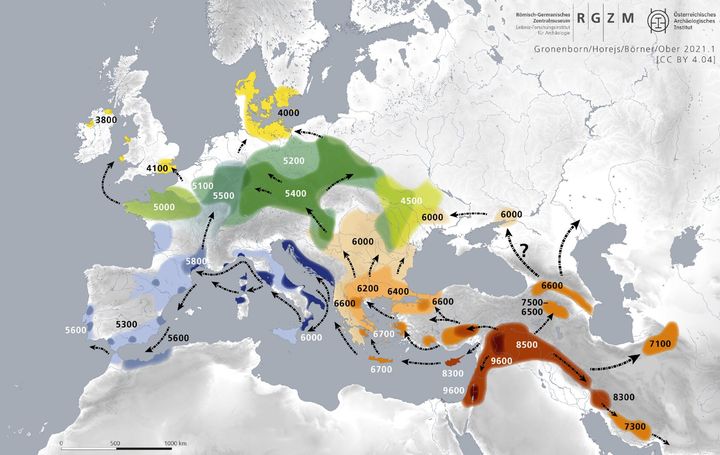The War Dividend
I was looking up some information on PID controllers yesterday, and I discovered that the PID controller was originally invented to steer ships for the Navy. Well, not exactly steer, but rather keep them going in a constant direction given both random wave motion and steady breeze or currents. I can see how this works, but it is interesting how something that was developed for one purpose has become a worldwide standard for controlling just about anything, from chemical reactors to ovens to cruise control in a car.
The inventor was a man named Nicolas Minorsky, who was inspired by watching a helmsman steer a ship. He discovered that the way an experienced sailor steers a ship not only takes into account the difference between the current and desired headings, but also what the difference has been, and the current rate of change of the heading.
These observations also give the PID controller its prosaic name: Proportional Integral Derivative controller. Each term corresponds to the kinds of control Minorsky observed on the bridge. The proportional term corrects for the current error, the integral term corrects for the past error, and the derivative term corrects for the rate of change. Now these things are all implemented electronically, but originally these mathematical functions where implemented physically, whether pneumatically, hydraulically, or with gears.
Thinking of the development of the PID controller reminded me of another acronymed military project. I learned about it when I was looking into the career of Grace Hopper. The Semi-Automatic Ground Environment was a piece of Cold War technology that seems like it belongs in a movie. The system was created to track incoming bombers, and direct fighter planes to intercept them faster than a human could. It could even send instructions to the autopilots in some planes. The system even had an input device that allowed you to select a target on a screen by pointing at it, and a master display that showed everything that was currently being tracked. This was all done in the 1950s! It was crude, but the system did exactly what it was intended to, although its function was superseded by ICBMs.
SAGE continued to be used until the 1980s, but the real impact that most people feel from SAGE comes from a successor project SABRE. The technology that allowed the system to track so many targets and then send orders remotely was used by American Airlines to create an automated reservation system. It works very well, and today the system is still in use, and you might recognize its consumer interface: Travelocity.
So much of the technology of the twentieth century was originally developed by the American military for purposes not even remotely related to what we use it for now. NASA sometimes gets some credit for all this, but the bulk of government sponsored technology development was really done for military purposes.



Comments ()